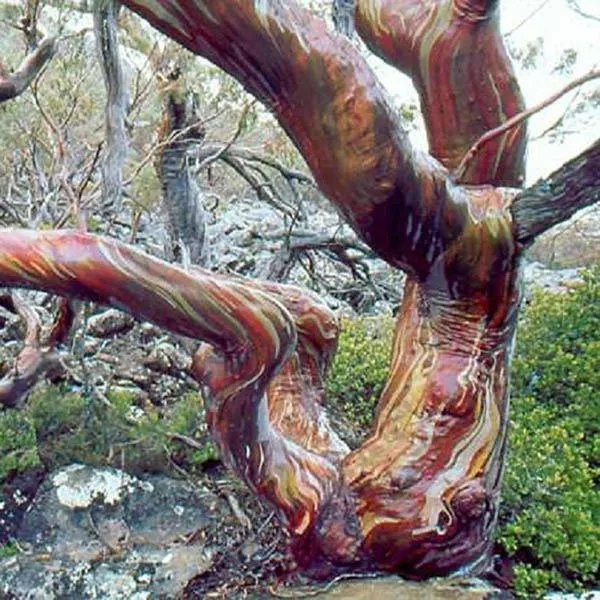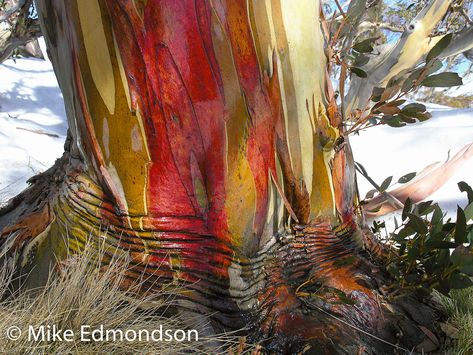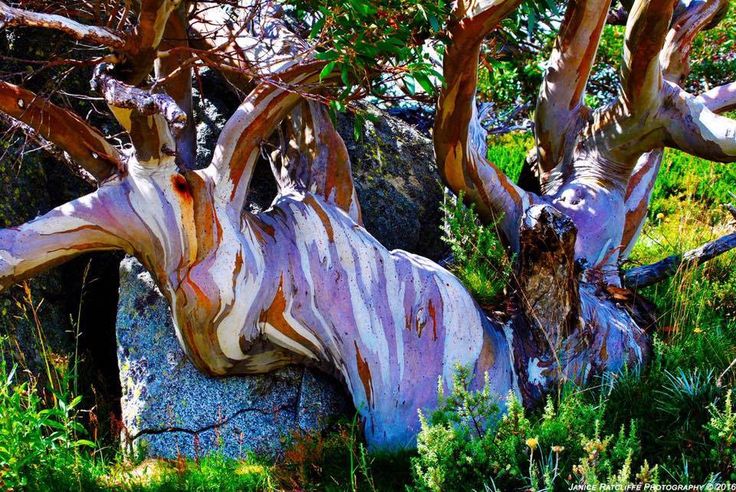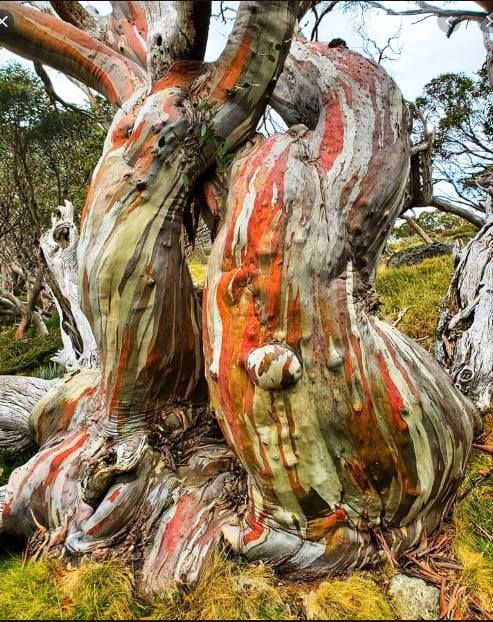Located in the state of New South Wales, Australia, the Eucalyptus pauciflora is a type of tree that can be found in the mountainous regions of the southeastern Australian mainland. These alpine trees typically thrive in the subalpine woodlands at elevations where tree growth is limited.
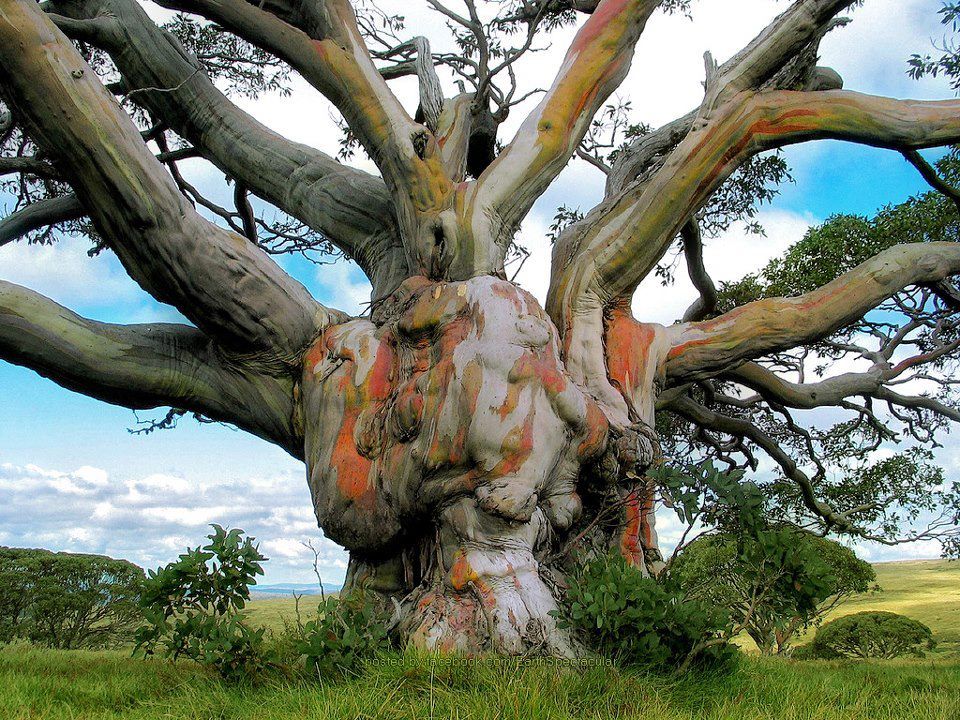
The Snow Gum, also known as Cabbage Gum or White Sally, is a tree or mallee that can be found in eastern Australia. This species has smooth bark, leaves with a lace-like or elliptical shape, clusters of flower buds ranging from seven to fifteen, white flowers, and cup-shaped, conical, or hemispherical fruit. It can be commonly found in woodlands in cold areas above 700 meters (2,300 feet) altitude.
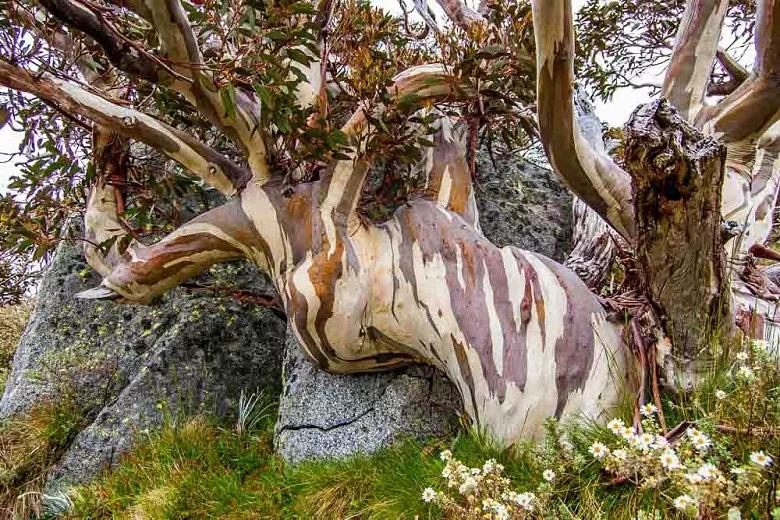
The Eucalyptus pauciflora is a tree or mallee that can grow up to 20-30 meters tall and has a fibrous trunk. Its bark is smooth and can be white, grey, or yellow in color. It peels off in ribbons and sometimes has insect scribbles. The leaves of young plants and regrowth are bluish-green or glaucous, and have a broad lace-shaped to egg-shaped appearance. They range in length from 44-170 mm and width from 20-85 mm.
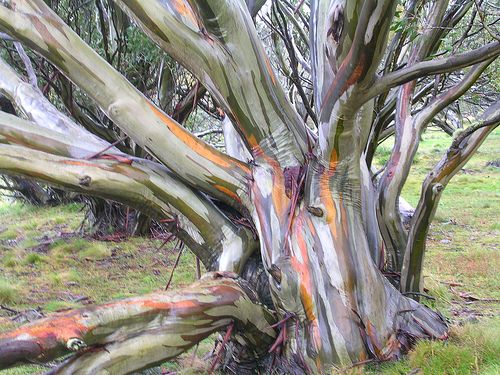
Fully grown adult leaves have a shiny green color on both sides and come in different shapes, including lace-shaped, curved, or elliptical. They can range from 60 to 200 mm in length and 12 to 50 mm in width and usually taper off into a petiole that is around 8 to 33 mm long. The flower buds are arranged in clusters of seven to fifteen or more and appear in the leaf axils. These buds grow on an unbranched peduncle that measures around 3 to 15 mm in length, with each bud having its own pedicel which can be up to 6 mm long.
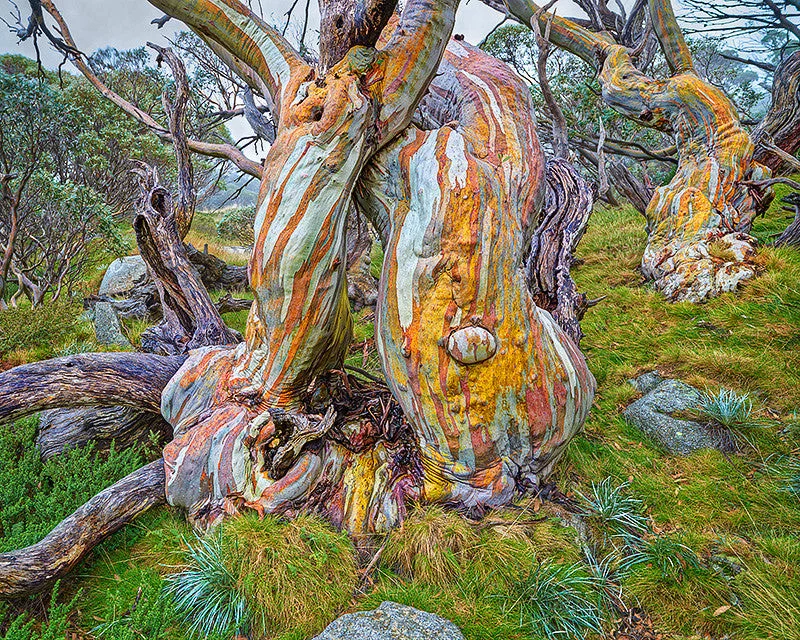
Mature buds of this plant have an oval shape and measure from 4 to 8 mm in length and 3 to 5 mm in width. They possess a conical or rounded operculum. The flowering season takes place between October and February, with its flowers being white in color. Its fruit is a woody, cup-shaped, conical or hemispherical capsule, measuring around 5 to 11 mm in both length and width.
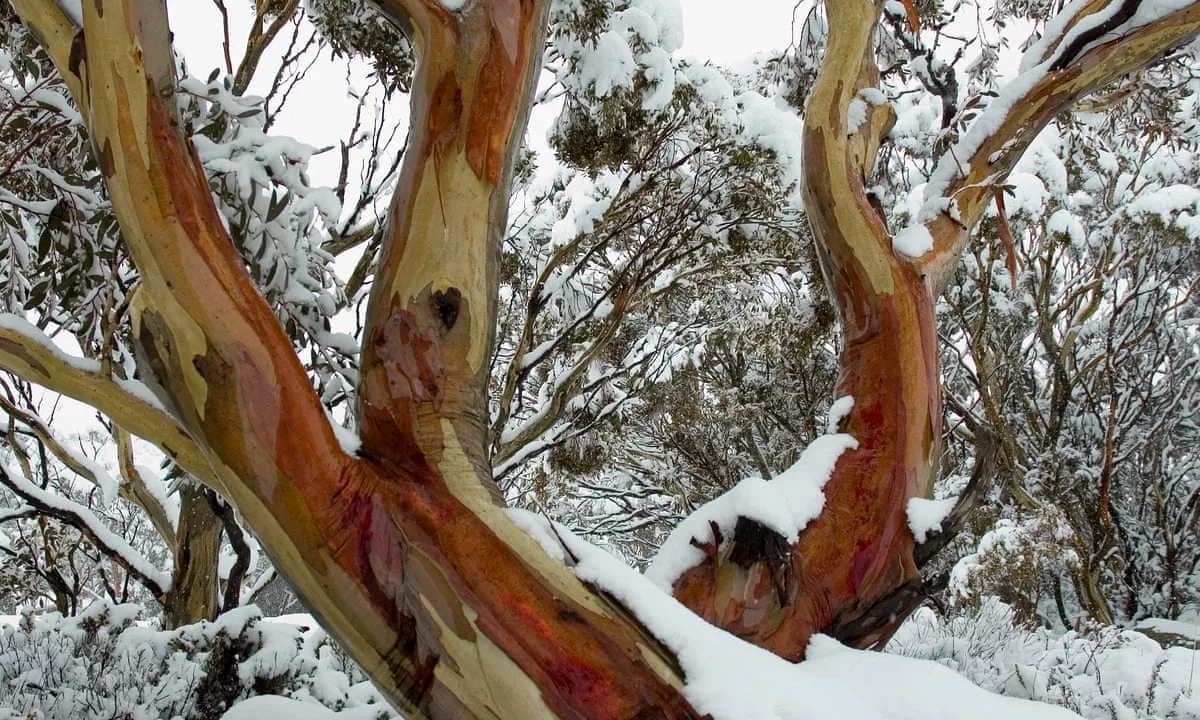
In 1827, Kurt Polycarp Joachim Sprengel formally described Eucalyptus pauciflora based on an unpublished description by Franz Sieber. This description was published in Systema Vegetabilium. The specific epithet ‘pauciflora’ comes from the Latin term meaning ‘few-flowered’. However, this term may not be accurate as it could have originated from a collected specimen that lost its buds during transportation.
